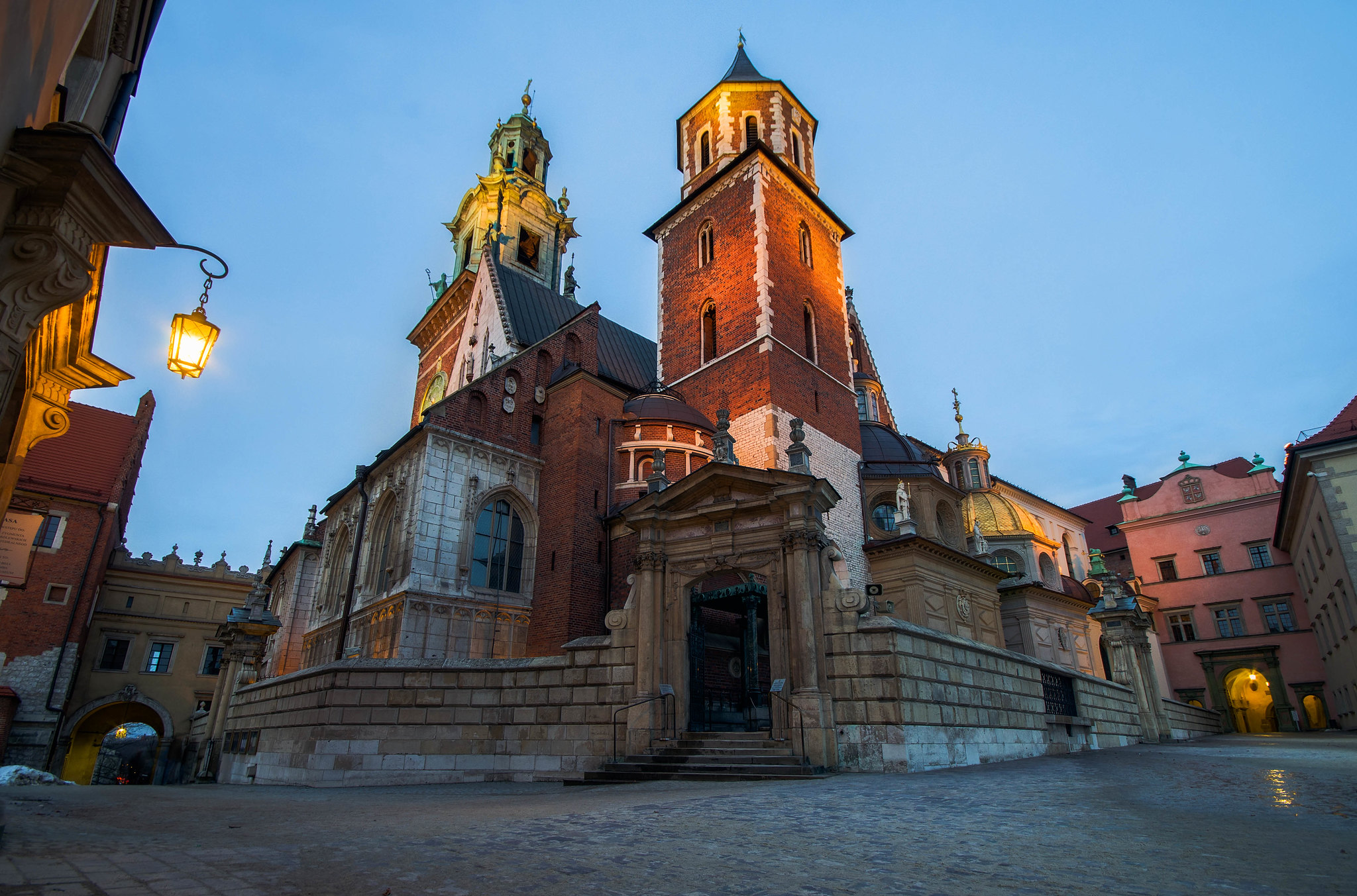Wawel Cathedral, officially known as the Royal Archcathedral Basilica of Saints Stanislaus and Wenceslaus, is a Roman Catholic church located on Wawel Hill in Kraków, Poland. Built in the 14th century, it is one of the most important national sanctuaries in Poland and has been the traditional coronation site of Polish monarchs. The cathedral is renowned for its stunning Gothic architecture, numerous chapels, and royal tombs. It houses the relics of St. Stanislaus, Poland’s patron saint, and features a mix of architectural styles due to additions and renovations over the centuries. The cathedral’s significance extends beyond its religious importance, as it is also a symbol of Polish history, culture, and national identity.
Beneath the majestic spires and ornate facades of Wawel Cathedral lies a world shrouded in mystery and history. The crypts of this iconic Polish landmark have long captivated the imagination of visitors and locals alike, offering a glimpse into the nation’s rich past and the final resting places of its most revered figures.
As you descend the worn stone steps into the dimly lit underground chambers, the air grows thick with the weight of centuries past. The crypts of Wawel Cathedral are not merely a burial ground but a testament to Poland’s enduring legacy and the individuals who shaped its destiny.
One of the most significant areas within the crypts is the Royal Crypts, where many of Poland’s monarchs and their families have been laid to rest. Here, ornate sarcophagi and elaborate tombs house the remains of kings and queens who once ruled the Polish-Lithuanian Commonwealth. Among the most notable residents are King Sigismund III Vasa, who moved the capital from Krakow to Warsaw, and King John III Sobieski, famous for his victory over the Ottoman Empire at the Battle of Vienna in 1683.
Moving through the narrow passageways, visitors encounter the Poets’ Crypt, a space dedicated to some of Poland’s most celebrated literary figures. The most famous occupant is undoubtedly Adam Mickiewicz, often regarded as the greatest Polish Romantic poet of the 19th century. His presence in the crypt underscores the importance of literature and the arts in Polish culture and national identity.
Perhaps the most emotionally charged area of the crypts is the National Heroes’ Crypt. This solemn space pays tribute to individuals who made significant contributions to Polish independence and cultural preservation. Among those interred here is Tadeusz Kościuszko, a military leader who fought for independence in both the American Revolutionary War and the Polish-Lithuanian Commonwealth’s struggles against foreign occupation.
As you continue your journey through the crypts, you’ll come across the Presidential Tomb, which holds a particularly poignant place in recent Polish history. It is here that President Lech Kaczyński and his wife Maria were laid to rest following their tragic deaths in a plane crash in 2010. The tomb serves as a stark reminder of the fragility of life and the ongoing narrative of Polish leadership.
The crypts of Wawel Cathedral are not just a collection of tombs and memorials; they are a living museum that continues to evolve. In recent years, archaeological excavations have uncovered new chambers and artifacts, shedding light on previously unknown aspects of Polish history and the cathedral’s construction.
Visitors to the crypts often describe a sense of awe and reverence that permeates the underground chambers. The cool, damp air and the flickering shadows cast by candles and low lighting create an atmosphere that transports one back through time, allowing for a profound connection with Poland’s past.
As you emerge from the crypts back into the sunlight, the experience leaves an indelible mark. The hidden world beneath Wawel Cathedral offers more than just a tour of burial sites; it provides a unique perspective on Polish history, culture, and national identity. From royalty to poets, from military heroes to modern-day leaders, the crypts tell the story of a nation through the individuals who shaped its course.
In unveiling the hidden crypts of Wawel Cathedral, visitors gain not only historical knowledge but also a deeper appreciation for the continuity of Polish heritage and the enduring spirit of a people who have faced numerous challenges throughout their history. It’s an experience that lingers long after leaving the hallowed grounds of Wawel Hill, inviting reflection on the interconnectedness of past, present, and future.
Wawel Cathedral stands as a testament to Poland’s rich history and cultural heritage. As the coronation site of Polish monarchs and the final resting place of numerous national heroes, it holds immense significance in Polish identity. The cathedral’s architectural evolution, spanning Gothic, Renaissance, and Baroque styles, reflects the changing artistic trends throughout centuries. Its ornate chapels, royal tombs, and priceless artifacts make it not only a religious center but also a museum of Polish art and history. Wawel Cathedral continues to be a symbol of national pride and a major pilgrimage site, drawing visitors from around the world to experience its grandeur and historical importance.

